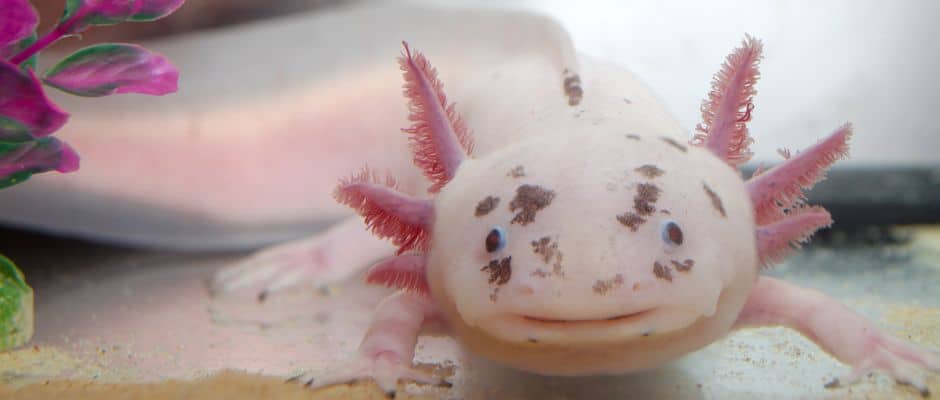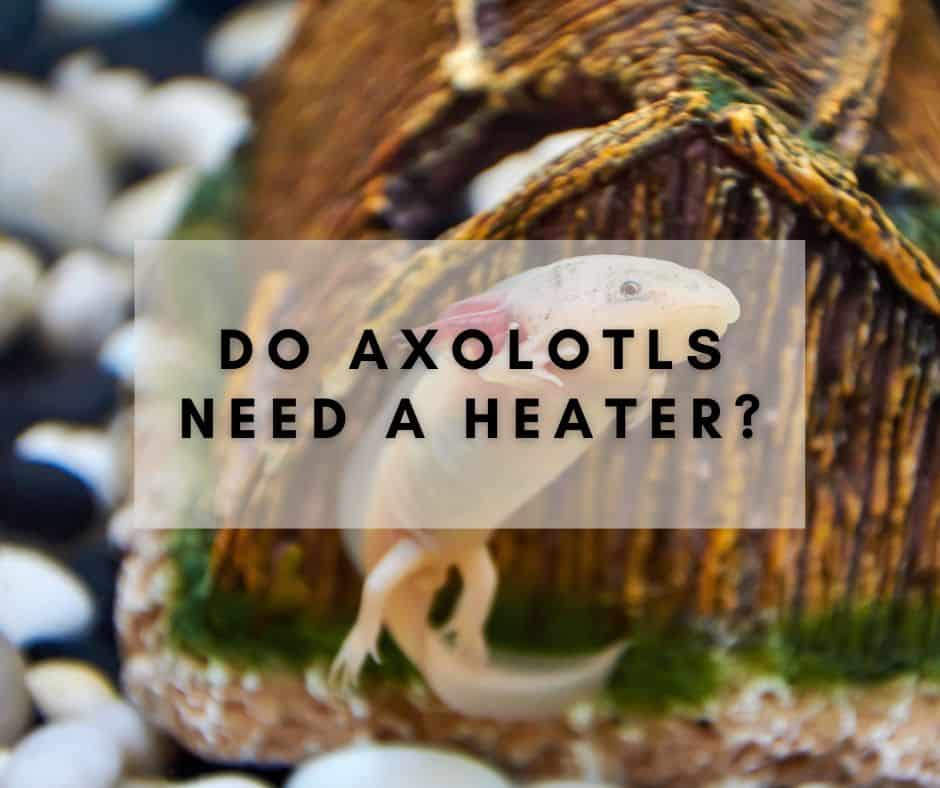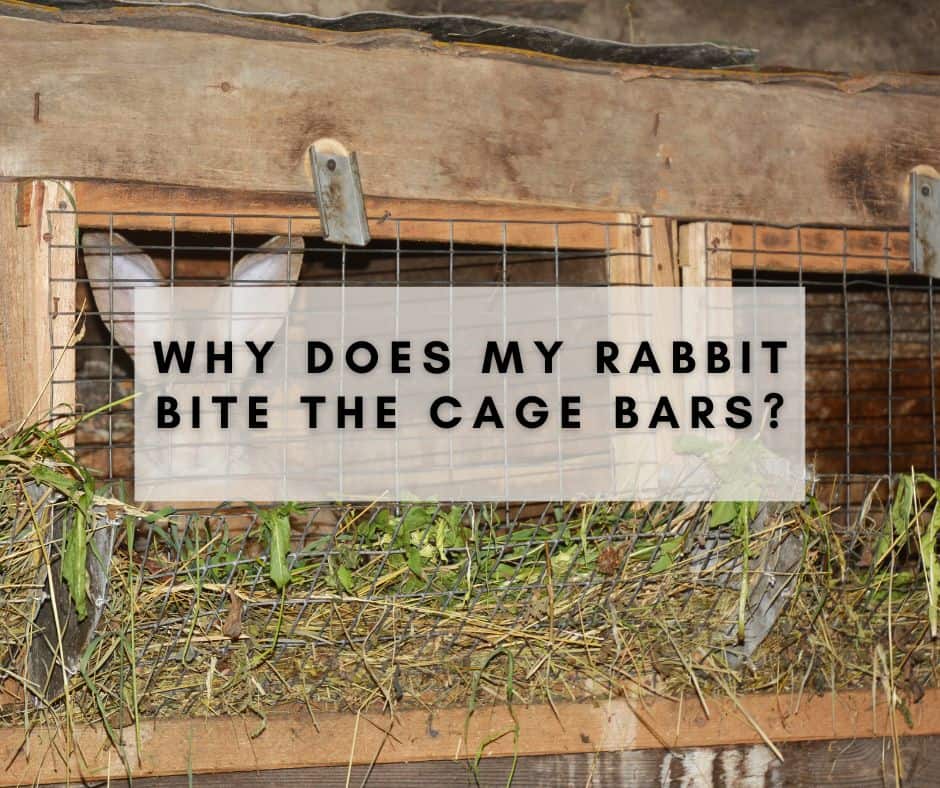Axolotls are fascinating creatures that have become increasingly popular in the pet trade. These aquatic salamanders are native to Mexico and can live up to 15 years in captivity. They have a unique ability to regenerate limbs and organs, making them a subject of scientific research.
In their natural habitat, axolotls can be found in freshwater lakes and canals with slow-moving or stagnant water. They can reach up to a foot in length and come in a variety of colors.
Contents
Do axolotls need a heater?
The answer is not straightforward because it depends on various factors such as the temperature range they prefer, the size of their tank, and the room temperature where the tank is located. Axolotls are cold-blooded animals which means their body temperature fluctuates based on the surrounding environment’s temperature. Therefore, maintaining consistent water temperatures is crucial for their health and longevity.
In the next few sections of this article, we will explore different factors you should consider when deciding whether or not to use a heater for your axolotl tank. We will also discuss various types of heaters available on the market today, safety features you should look for when purchasing one, and other ways you can regulate water temperature without using a heater at all
A brief overview of axolotls and their habitat
Axolotls are fully aquatic creatures that require specific conditions for their health and well-being. In the wild, they live in freshwater bodies such as lakes or canals with slow-moving or stagnant water. Their habitat is typically filled with plants, rocks, and other natural elements that provide shelter for them to hide from predators.
Factors to Consider
Natural Habitat of Axolotls: Temperature and Water Flow
Axolotls are native to the cool, freshwater canals and lakes of Mexico City. The water in these habitats is typically between 60 and 70 degrees Fahrenheit and has a gentle flow. Additionally, axolotls have gills that require oxygenated water to breathe properly, which means the water flow in their natural habitat is important as well.
Temperature Range for Axolotls in Captivity
When keeping axolotls in captivity, it’s important to maintain a consistent temperature range that mimics their natural habitat. The ideal temperature range for axolotls is between 60-68 degrees Fahrenheit (16-20 Celsius), with a sweet spot around 64 degrees Fahrenheit (18 Celsius). Any fluctuations outside this range can be stressful for axolotls and potentially harmful to their health.
Importance of Maintaining Consistent Water Temperature
Axolotls are sensitive creatures that do best in environments with minimal changes or stressors. Maintaining a consistent water temperature can help keep them healthy and happy by preventing stress-related illnesses like bacterial infections or fin rot.
Additionally, keeping temperatures within the ideal range can help promote healthy growth, reproduction, feeding habits, and overall activity levels. It’s essential to monitor water temperature regularly using a reliable thermometer so you can make adjustments as necessary.
Pros and Cons of Using a Heater
Benefits of Using a Heater: Maintaining Consistent Temperature, Preventing Stress and Illness
Using a heater is essential for maintaining stable water temperature in your axolotl tank. Axolotls are cold-blooded creatures, meaning they cannot regulate their body temperature on their own.
This makes them highly susceptible to fluctuations in water temperature. Installing a heater can help maintain a consistent temperature that’s comfortable for your axolotl.
Inconsistent temperatures can cause stress and make your axolotl more prone to illness. Sudden changes in water temperature can lead to weakened immune systems, making them more vulnerable to infections and diseases such as fin rot, swim bladder disease, or fungal infections.
Keeping the water warm also helps with digestion and metabolism rates. A well-regulated environment will encourage healthy growth patterns among younger or smaller axolotls.
Risks Associated with Using a Heater: Overheating, Malfunctioning
While using a heater has several benefits, it does come with risks that you need to be aware of. Overheating is one of the main dangers of using heaters in an aquarium environment. If the heater isn’t working correctly or has malfunctioned somehow, it may continue heating the water beyond safe levels leading to electrocution or burns in extreme cases.
Malfunctioning heaters may also change the water chemistry by adding too much heat too quickly which can lead to changes in pH levels and other chemical imbalances that are harmful to aquatic life. If you’re going to use a heater for your axolotl tank, you must choose carefully when shopping around for one- check reviews from other users of similar tanks and be sure you feel confident about the product before committing!
Types of Heaters Available
If you’ve determined that using a heater is the right choice for your axolotl tank, the next step is choosing the type of heater. There are three main types to consider: submersible, external, and in-line heaters.
Submersible Heaters
A submersible heater is a popular choice among axolotl owners because it’s easy to install and use. This type of heater is placed directly in the water and can be adjusted to maintain a specific temperature range. The downside to submersible heaters is that they can take up space in your tank and may not be as durable as other types of heaters.

External Heaters
An external heater is located outside of the aquarium and uses a pump to circulate water through it before returning it to the tank at a controlled temperature. These types of heaters are ideal for larger tanks since they can heat more water than submersible heaters. The downside to external heaters is that they’re more expensive than submersibles, require more setup time, and may not be suitable for smaller tanks due to their size.
In-line Heaters
In-line heaters are similar to external heaters but can be integrated into your existing filtration system. Water flows through the heater before being returned to the tank at a controlled temperature. In-line heaters offer an efficient way of heating larger tanks but may require additional equipment or modifications to your filtration system, which can add significant costs.
Ultimately, the type of heater you choose will depend on your specific circumstances and budget. It’s important to do research on each type before deciding so that you can select one that fits your needs best.

Choosing the Right Heater for Your Axolotl Tank
Size and Wattage Recommendations Based on Tank Size and Temperature Needs
When it comes to choosing a heater for your axolotl tank, there are a few factors to consider. First and foremost, you need to select the right heater size based on your tank size.
A general rule of thumb is that you need 5 watts of heating power per gallon of water in your tank. So, for example, if you have a 20-gallon tank, you’ll want a heater with at least 100 watts of power.
Additionally, you’ll want to consider the temperature needs of your axolotls. Different species have different temperature requirements, so be sure to research what’s best for your specific type of axolotl.
Safety Features to Look for in a Heater
Another important factor when selecting an aquarium heater is safety features. Look for heaters that include automatic shut-off features in case the water level drops too low or the heater overheats. These features can help prevent accidents and ensure your axolotls remain safe and healthy.
It’s also important to choose a high-quality heater from a reputable brand. Cheap or poorly-made heaters can malfunction and cause serious harm or even death to your axolotls.
Overall, choosing the right size and safe aquarium heater is essential for maintaining proper water temperature in your axolotl tank. By doing so, you can help ensure that your aquatic pets stay happy and healthy for years to come!

Other Ways to Regulate Water Temperature Without a Heater
Room temperature control
One way to regulate the water temperature in your axolotl tank is by controlling the temperature of the room it’s in. Axolotls are sensitive to changes in temperature and can become stressed if exposed to temperatures outside their preferred range. Keeping the room at a stable, consistent temperature can help maintain a steady water temperature without the need for a heater.
It’s important to note that extreme temperatures should be avoided, as they can still affect the water temperature even if the room is kept stable. For instance, if you live in an area with freezing winters, you may need to take extra steps to keep your axolotl tank warm.
Water changes
Another way to regulate water temperature without a heater is by performing regular water changes. If the tank gets too warm, you can do a partial water change with cooler water. Conversely, if it’s too cool, you can do a partial change with warmer water.
However, it’s important not to rely solely on this method for regulating water temperature. Drastic changes in water temperature can be harmful to axolotls and cause stress or illness.
It’s also important to note that while it may help regulate short-term fluctuations in temperature, it won’t provide long-term stability like a heater would. Overall, while there are ways to regulate axolotl tank temperatures without using a heater, they should be used as supplementary methods rather than replacements for proper heating equipment.
Final Words
After considering all the factors that affect axolotls and their habitat, we can conclude that using a heater is not always necessary, but it can be highly beneficial if done safely and correctly. Axolotls are native to cold waters, so they have a relatively low-temperature range for survival.
In captivity, maintaining consistent water temperature is crucial to their health and well-being. Using a heater helps maintain the ideal temperature range while also preventing stress and illness.
However, using a heater also comes with its risks. Overheating or malfunctioning heaters can have fatal consequences for axolotls.
Therefore, it is important to choose the right type of heater and size based on the tank size and temperature needs. Additionally, safety features like auto shut-off should be considered when selecting a heater.
If you decide not to use a heater in your axolotl tank, other options are available to regulate water temperature without increasing electricity bills or risking your pets’ lives. Controlling room temperature or performing regular water changes are simple ways to maintain optimal conditions for your aquatic friends.
While using a heater depends on various factors such as the location and seasonality of your house’s interior environment and the natural habitat of axolotls themselves as well as other living organisms in the same tank (if any). It’s important to make an informed decision about whether or not to use one based on these considerations.




